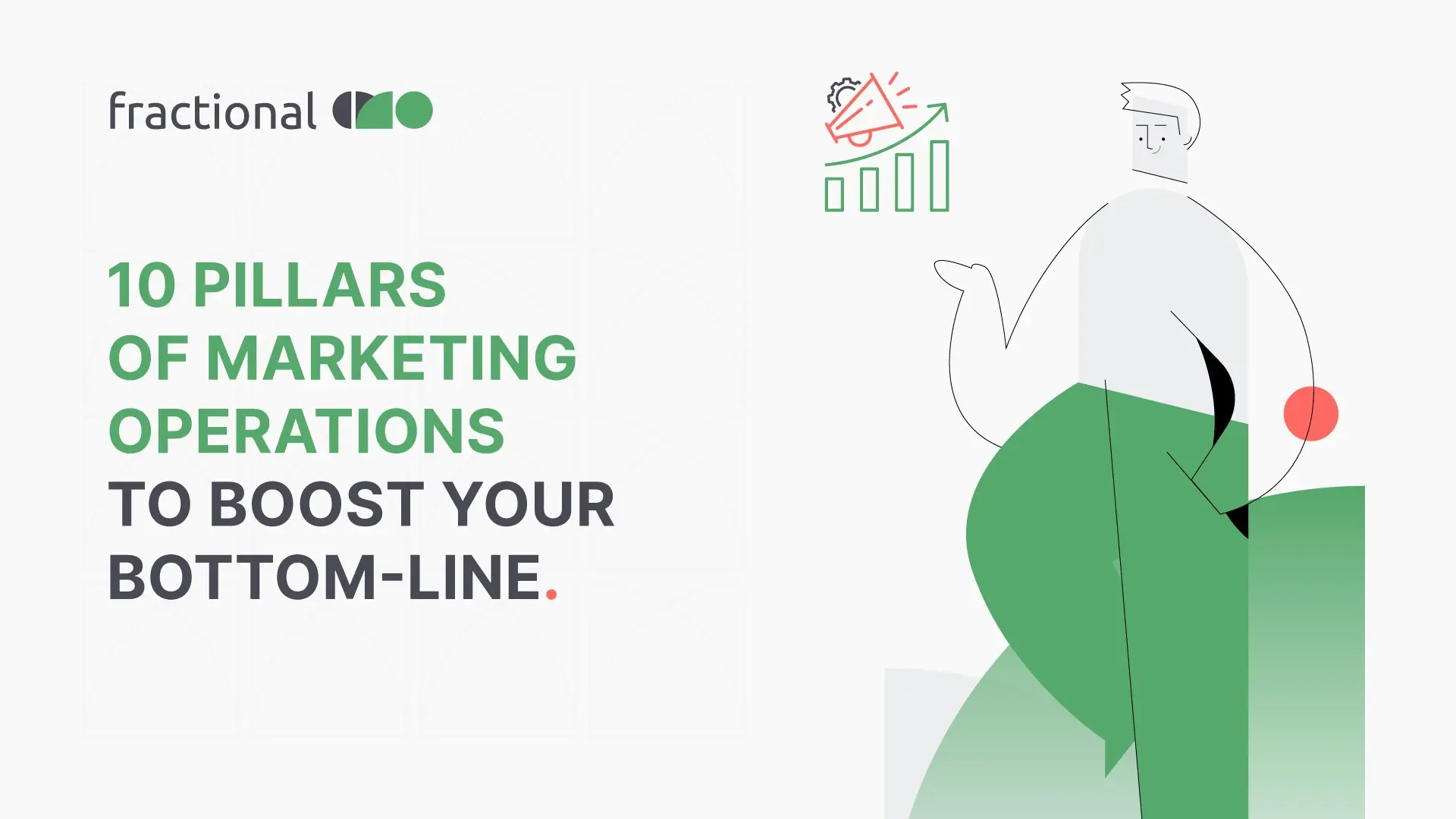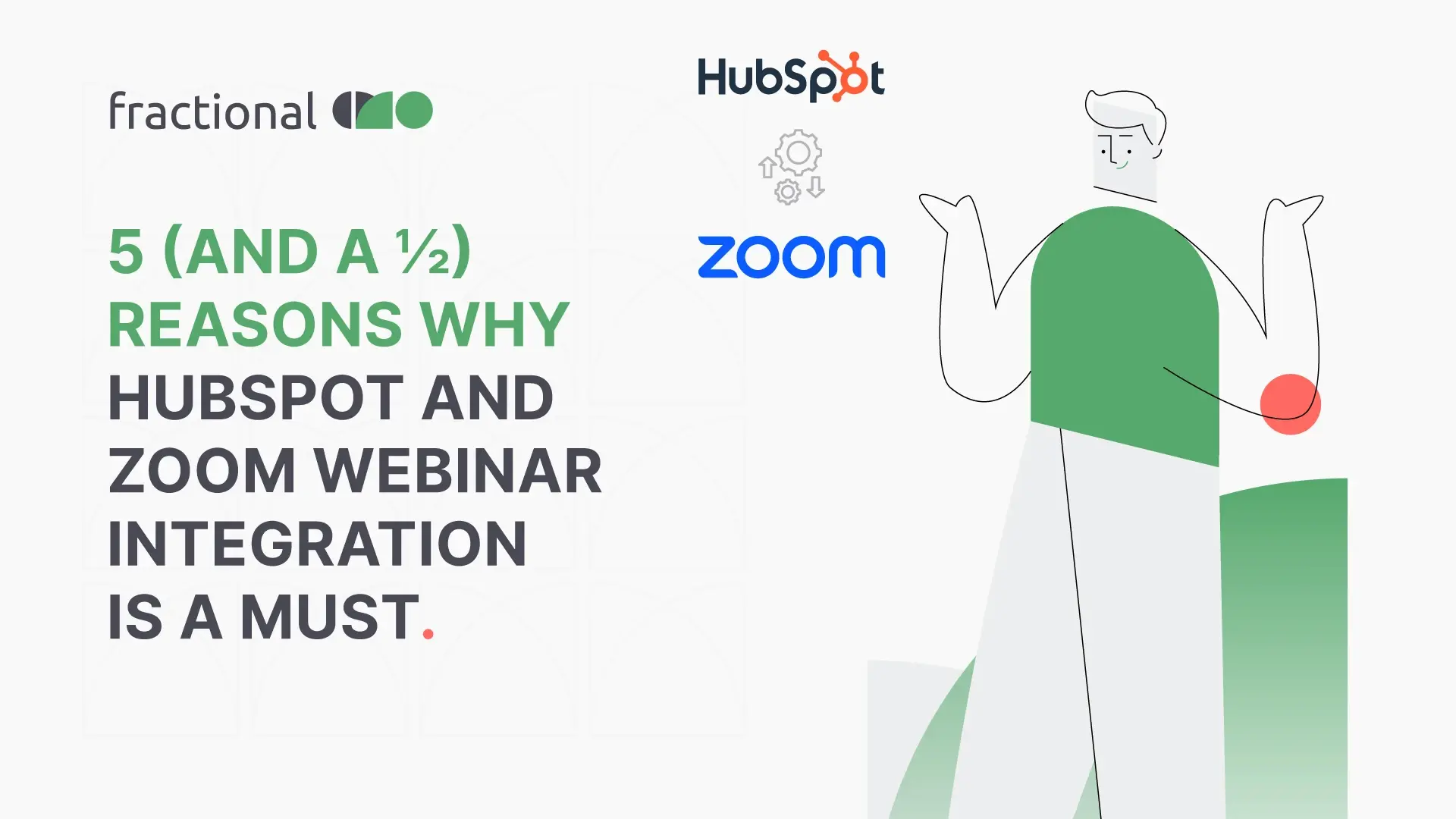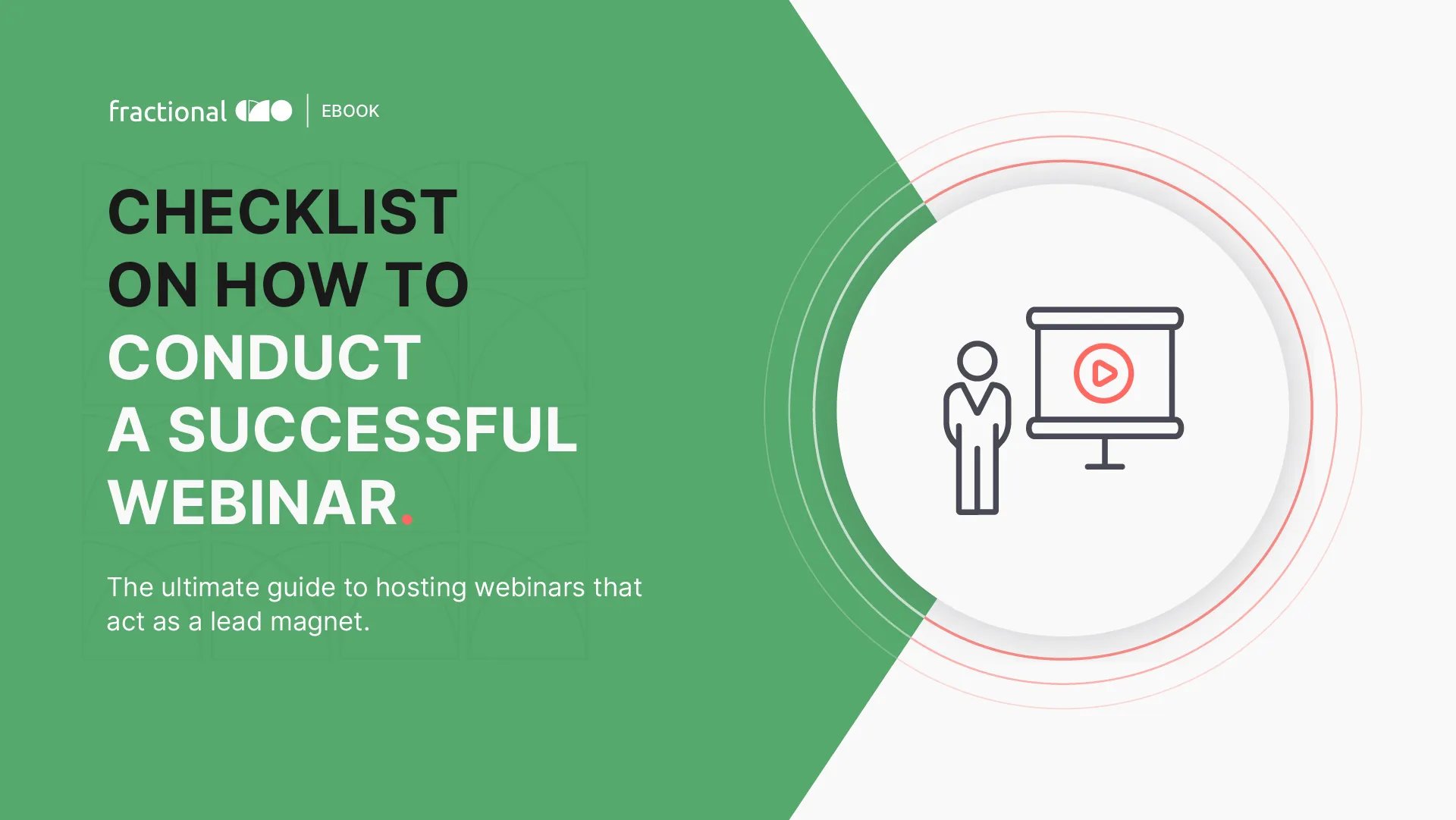How to create effective lead nurturing campaigns
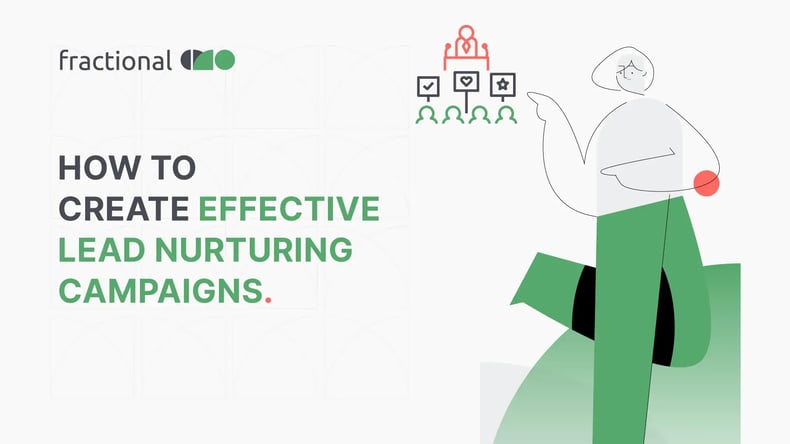
Do you want to talk to more businesses interested in buying what you offer?
Do you want to ensure that you don’t lose leads (or they don’t lose interest in your business) while you are still talking to them?
It is true that getting a brand new, uninitiated visitor to buy from you on the first visit is very difficult. But that’s not what you are expecting, is it?
You got an expert copywriter to write awesome copy for your website.
Your pricing is unbeatable.
And your social media presence is so inviting!
Yet somehow, you don’t seem to convert many leads or your leads just drop off - they lose their interest in you!
The only condition that the brand can control is being at the top of a potential buyer's mind.
To do so, the visitors must be primed to prefer the targeted brand i.e. the leads must be nurtured!
The goal of lead nurturing is to build and nurture relationships with leads/people who are not ready to buy right now but can become loyal customers in the future.
What are lead nurturing campaigns exactly?
A series of nurturing emails, sent with a goal of nurturing relationships with a specific sub-group of your leads, are a part of a lead nurturing campaign.
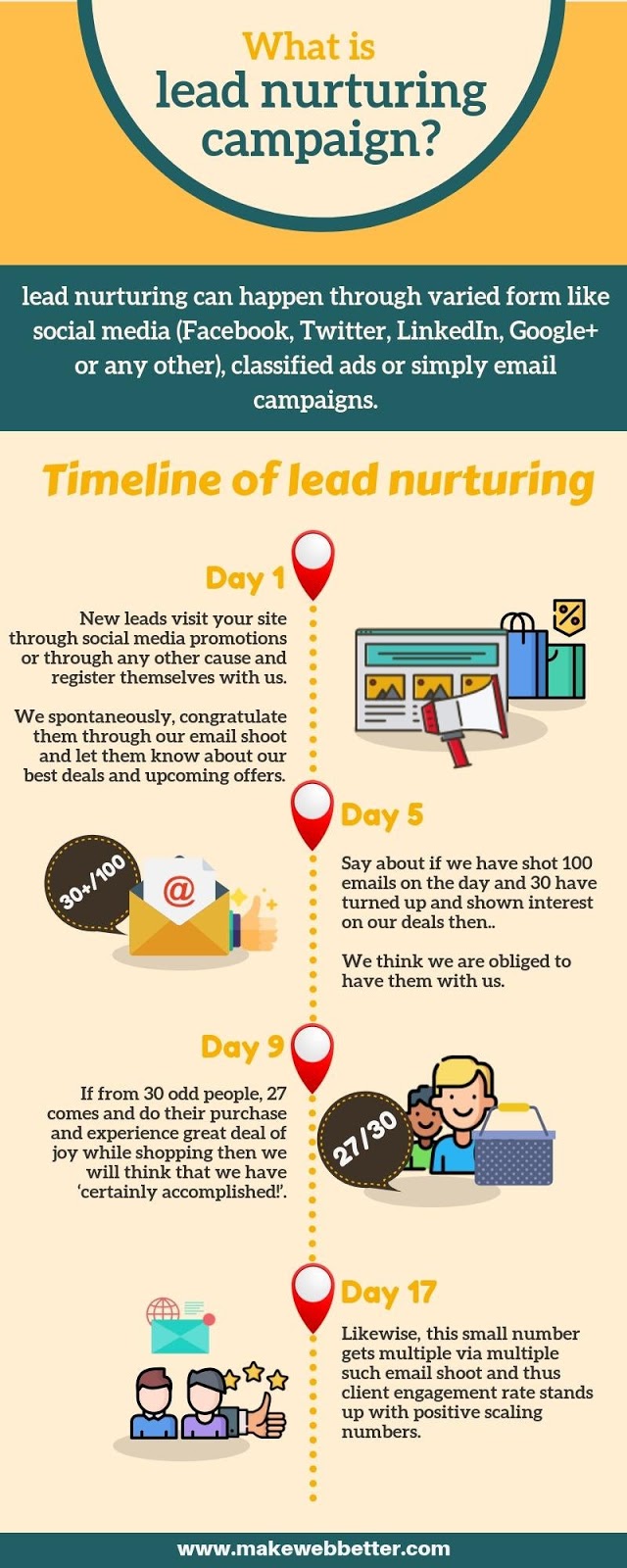
Source: MakeWebBetter/Pinterest.com
Emails in a lead nurturing campaign are triggered in immediate response to the lead's activity on the website or within other emails.
The goal is to use an email marketing automation platform to advance leads through the various stages of the customer journey by sending them relevant and timely emails.
Why is Lead Nurturing so important?
We know, through a Marketo study, that approximately 96% of visitors to a company website are not ready to buy instantly.
This makes nurturing leads all the more necessary so a SaaS business can get at least some of those 96% of visitors to think about the possibility of buying from them.
Benefits of Lead Nurturing Campaigns
There are several reasons why lead nurturing is a must for any B2B company to reliably convert. Here is a brief list of benefits of automated nurturing of your leads:
- Reach the lead as quickly as possible (and avoid losing them to competitors)
- Gradual and more reliable trust-building
- Analysis of user interaction data from lead nurturing emails
- Collecting context for richer sales conversations
- Smart lead segmentation
- Shortening the sales cycle
How to build an effective lead nurturing campaign?
Building a nurturing campaign for business leads is not as simple as customizing an email sequence template until it feels satisfactory.
There’s a method to the madness.
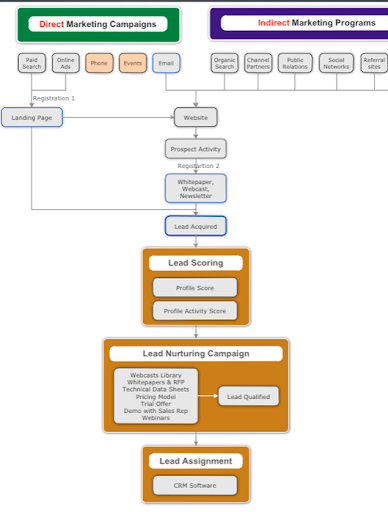
Source: commons.wikipedia.org
Let’s explore the step-by-step process of creating an effective lead-nurturing campaign.
Start with the buyer’s persona
Go beyond the theoretical definition of a buyer’s persona. Create a practically useful buyer’s persona by collecting the following details (and add more as needed):
- Likes and dislikes
- Their actual problem(s) (in ways they describe it)
- Their expected solution(s)
- Communication preferences - preferred channel and type of content, frequency, and tone of communication.
Proceed with “one size doesn’t fit all” principle
When cooking, you don’t put sugar in savory dishes, salt in dessert, or beef in trifle!
Likewise, sending lead nurturing emails to an incorrectly segmented email list is a dangerous idea!
When dividing an email list into logically manageable parts, consider the following attributes:
- Company size
- Job role
- Budget to spend
- The time they have to purchase
- How they subscribed (newsletter subscription, landing pages, social media ads, or others)
Consider using progressive profiling to fill this data if it’s not available in the CRM.
This data helps the company understand who exactly their customers are in full detail. It also facilitates a higher degree of personalization and makes marketing messages more relatable.
Without customized persona and content, a lead nurturing campaign is just another mistargeted email sequence. It is basically like shooting darts in the dark.
Refine the lead nurturing strategy
Need to measure how well (or poorly) an email campaign is performing?
Use these metrics:
- Open rates
- Click-through rates
- Multi-level tracking codes within click-through URL
If some campaigns are not working, implement split testing or use other channels (in-app messages, remarketing ads, blog content, etc) to move the leads through the customer journey stages.
Design the content structure across all the customer journey stages
Understand the motivation for leads at each journey stage. Then map it to the triggers at each stage and the corresponding content to nurture them to the next stage.
Types of content can be varied:
- Ebooks
- Infographics
- Checklists
- Whitepapers
- Live chats
- Webinars
- Events
Content can be sourced from repurposing existing content (blog posts, emails, lead magnets, etc) or creating fresh custom content.
The priority while designing content structure should be to add value to satisfy the core need of the lead at that specific customer journey stage, not to sell.
Concrete product-oriented and sales-oriented content must always come toward the end when a lead sends strong signals of wanting to buy from the brand.
Create emails for different types of content
Start with the end goal of a sale in mind and create a series of sub-goals that act as stages for the lead to progress through. Each sub-goal must escalate their desire to purchase.
Then write emails corresponding to each sub-goal. Document all emails in this series (Subject line, content, media, and CTA) in a spreadsheet.
Pay special attention to the subject line and CTA as they are key to getting the lead to move up to the next customer journey stage.
Timelines for spacing out emails in a nurturing campaign are specific to:
- the industry
- the company
- the total number of emails in the campaign
- the goal of each email.
Don’t spam the users with too high a frequency, nor lose them to your competitors with too low a frequency.
Time of the day for sending emails is also crucial to get leads to open them. While there are general guidelines for email timings, a lot of it also depends on the industry and the general behavior of the target audience.
How to enhance lead nurturing strategy for SaaS companies
For SaaS companies, all types of lead nurturing campaigns must generate demand.
So, what strategies can SaaS companies adopt to make effective lead nurturing campaigns that also generate demand? Let’s explore in this section.
Always segment your email list
Segmentation is a process of dividing a full email list into groups (or segments) based on their common traits such as their job title, their purchasing timeline, their budget, etc.
We segment to ensure that the company has a framework ready when it wants to send certain marketing messages only to a specific group of leads.
Without proper segmentation (or none at all),
- Lead nurturing campaigns are a hit and a miss
- Lead nurturing effort does not produce expected R-o-I
- Key leads may be lost due to wrongly targeted messaging
- The qualification level of the leads is typically low
Segmentation is a fun, creative process.
For example, based on usage data of the SaaS product, the company can create customized campaigns to send only specific emails targeted toward covering essential features that the users don’t use.
Make lead scoring your friend
When to stop nurturing the lead and schedule a sales call?
Lead scoring holds the answer to this question!
All modern marketing automation systems provide a major module called “Lead scoring”. With this new module, marketers can assign a grade of responsiveness to leads based on how many “high-impact” actions they take.

Source: Nichole Kelly/Flickr.com
For example, a lead magnet download on its own does not indicate that the lead is ready for a sales call; the lead’s score would be low.
But a lead magnet download followed by attendance (and active engagement) in a webinar, which is further followed by multiple visits to the pricing page?
This would skyrocket the lead’s score!
It is an obvious signal that the user may be looking at buying from you and therefore, is an ideal candidate for a sales call.
Write great email copy
Users have too much going on in their lives to worry about a few marketing emails!
It is the email copywriter’s job to focus all of the elements (subject line, content, and CTA) on conversion. Creating a conversion-focused email campaign should be the main goal!
Here are some tips that help produce great email copy:
- Keep the core message of each email singular. Don’t beat around the bush. Don’t write for multiple goals.
- Use power words, emojis, and personalization features in subject lines to increase the open rate.
- Create simple, benefits-focused CTA
- Keep the content focused on benefits and how each feature contributes to their lives
- The tone of content in the email body should come from buyer persona research
- Use not more than two external links or CTA
Design email sequences with “micro wins” in mind
To maintain consistent open rates throughout the nurturing email campaign, each email should contain ONE micro win to give users a quick reward with the least effort.
Doing so has two key benefits:
- It stimulates “instant gratification circuits” and keeps them happy as they absorb the emails
- The brand sending those emails gets associated with rewards and happiness because of regular positive feedback
A micro-win can be a quick, helpful hack or a free content artifact that helps users see quick results.
Deliver the micro wins through the same conversion workflow in all emails
When every email follows makes the users follow the same sequence of clicks (the workflow) to get the reward, it forms a habit.
When users are habituated to getting a reward at the end of an unchanging workflow, they expect a reward by the time they get the final email that prompts them to make a purchase.
Tie the micro wins as rewards for each email.
Get the best out of a lead nurturing campaign
Use split (A/B) testing to see how best to optimize emails to the audience’s likes and dislikes.
Creating, executing, and measuring small variations of a single nurturing campaign enables marketers to flex their creative muscles. If a particular variation performs better than the original version of the email, it’s a vote by the email list on what they like more.
Lead nurturing gently (and reliably) turns leads into customers
Most SaaS solutions are innovative, meaning that the SaaS product has likely overhauled an existing (often manual) system into a single, coherent cloud-based system.
Therefore, the SaaS company must convince the leads that their solution to the problem is far superior to the current/manual method of solving the same problem.
Sometimes, users may not have thought that the problem ever existed. They need to be convinced that the problem being solved is genuine and its solution helps immensely.
The challenge posed by such peculiar nature of SaaS leads makes lead nurturing campaigns a priority.
